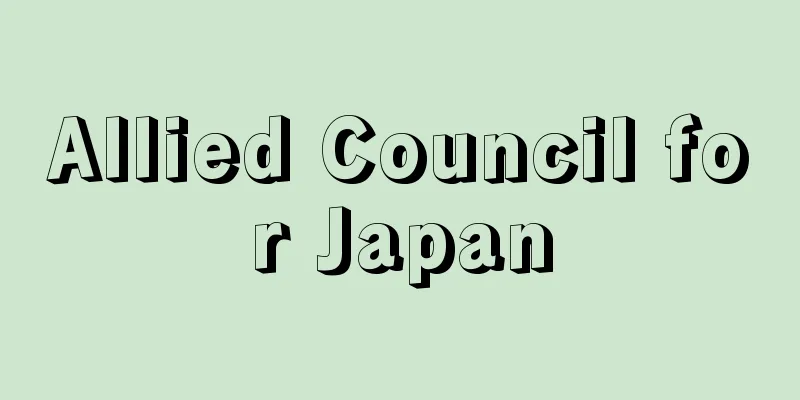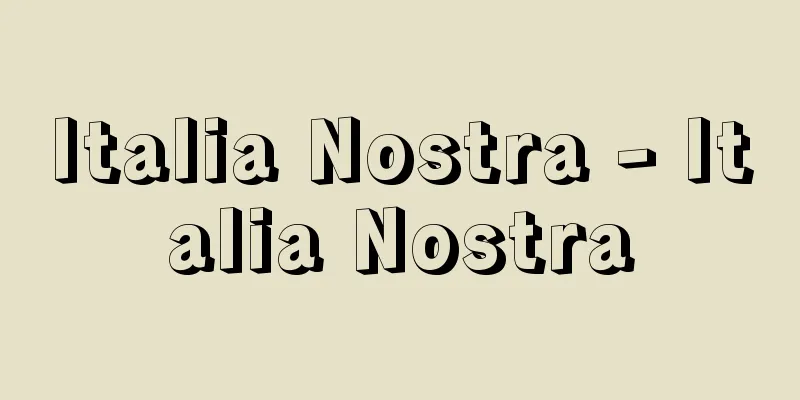Allied Council for Japan

|
One of the occupation administration organizations for Japan established by the Allied Powers after World War II. At the US, UK, and Soviet Foreign Ministers' Conference held in Moscow in December 1945, it was decided to establish the Far Eastern Commission in Washington and the Council for Japan in Tokyo. It was an advisory body to the Supreme Commander for the Allied Powers, and was composed of the United States, the British Commonwealth, the Soviet Union, and China. The British Commonwealth represented the four countries of the United Kingdom, Australia, New Zealand, and India. The Council was merely an advisory body, and was only required to consult with the Supreme Commander on policies relating to "changes in the administrative system, Japan's basic governing structure, and the Japanese government as a whole," but this was never applied. The first meeting was held in April 1946, and in the early stages, lively discussions were held on land reform, and a recommendation to Supreme Commander MacArthur was adopted (June 1946), which had a certain influence on occupation policy. However, as the conflict between the United States and the Soviet Union intensified as the Cold War began, the Council became a propaganda organ and lost its function as a place of real discussion. It was dissolved in April 1952, when the Treaty of Peace with Japan came into effect. [Yamada Takao] [Reference] | |Source: Shogakukan Encyclopedia Nipponica About Encyclopedia Nipponica Information | Legend |
|
第二次世界大戦後、連合国が設置した対日占領管理機関の一つ。1945年(昭和20)12月モスクワで開かれた米英ソ三国外相会議においてワシントンに極東委員会、東京に対日理事会の設置が決定された。連合国最高司令官の諮問機関で、アメリカ、イギリス連邦、ソ連、中国の四者によって構成された。イギリス連邦は、イギリス、オーストラリア、ニュージーランド、インドの四か国を代表していた。 理事会は単なる諮問機関であり、ただ「管理制度や日本の基本的統治組織、日本政府全体の変更」に関する政策にのみ、最高司令官に協議が義務づけられていたが、適用例はなかった。1946年4月、第1回会議が開かれ、初期には農地改革をめぐって活発な論議が行われ、マッカーサー最高司令官への勧告案が採択(1946年6月)され、占領政策に一定の影響を与えたが、やがて、冷戦に伴う米ソの対立の激化のなかで、理事会は宣伝機関化し実質的討議の機能を失っていく。52年4月、対日講和条約の発効とともに消滅した。 [山田敬男] [参照項目] | |出典 小学館 日本大百科全書(ニッポニカ)日本大百科全書(ニッポニカ)について 情報 | 凡例 |
>>: Boycott Movement against Japan - Boycott Movement against Japan
Recommend
Bronze bracelet - Dokushiro
Bronze bracelets. They appeared from the middle Ya...
Northern brown bat - Kitakubiwa bat
...They are distributed in Eurasia, Africa, Austr...
Minister of India
…In 1937, when Burma (now Myanmar) was elevated f...
Sanbai
〘 noun 〙 (It is said that this is a further variat...
Mr. Sakai
A senior retainer of the Tokugawa Shogunate. Ther...
Frederick Soddy
British chemist and physicist. Born in Eastbourne...
Government of the Ryukyu Islands
…As a result, the governance of Okinawa was carri...
G-Taisen disease - G-Taisen disease
…In 1888, SJ Gee of England and TEHTaysen of Engl...
Sagrada Familia Church - Sagrada Familia Church (English name)
This unfinished masterpiece was left behind by the...
Shojo Bakama - Shojo Bakama
An evergreen perennial plant of the lily family (...
Scholar-officials - Shitaifu
Generally, this term refers to the upper class in...
Date Harumune
Year of death: Tensho 5 (1577) Year of birth: 1519...
Roundworm disease - Ascariasis
What kind of infection is it? Roundworms are worm...
'āmma (English spelling) amma
…However, while these nomads coexisted with rural...
Brachycam - Brachycam
An annual plant of the Asteraceae family. There ar...









